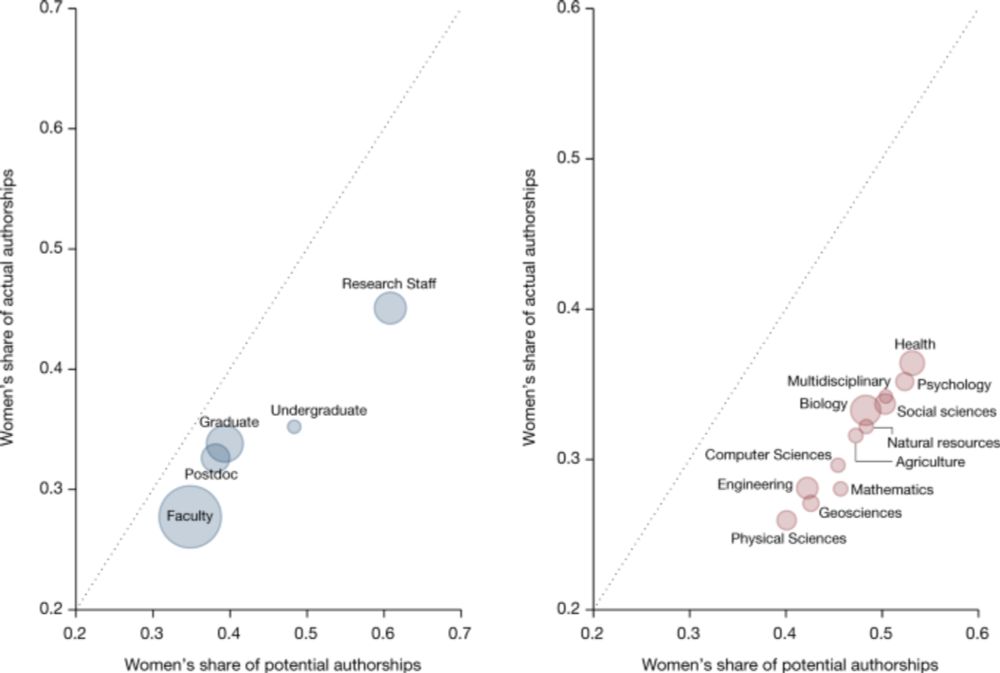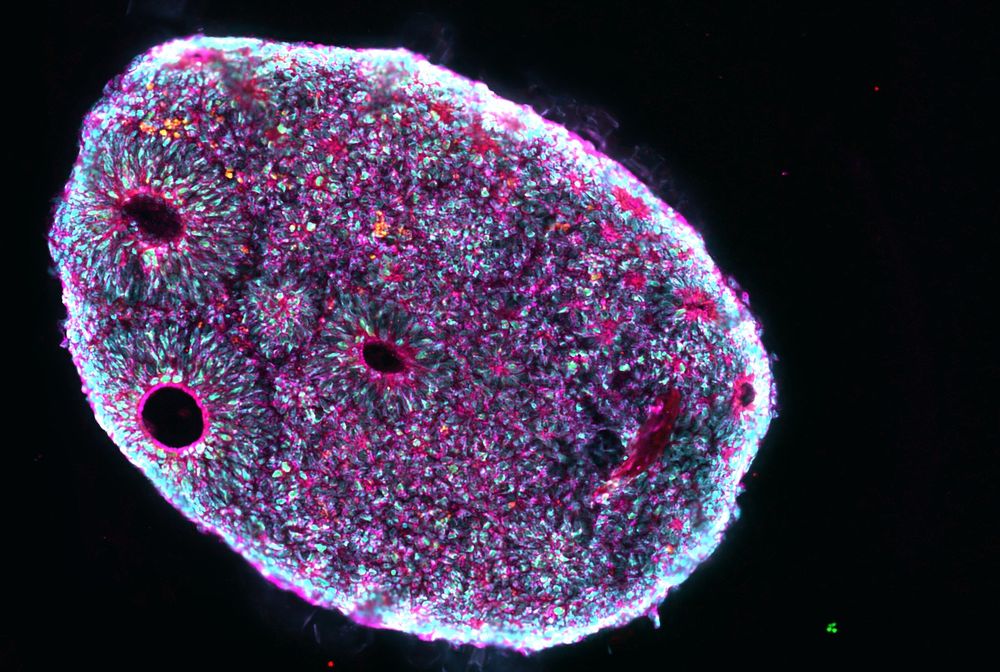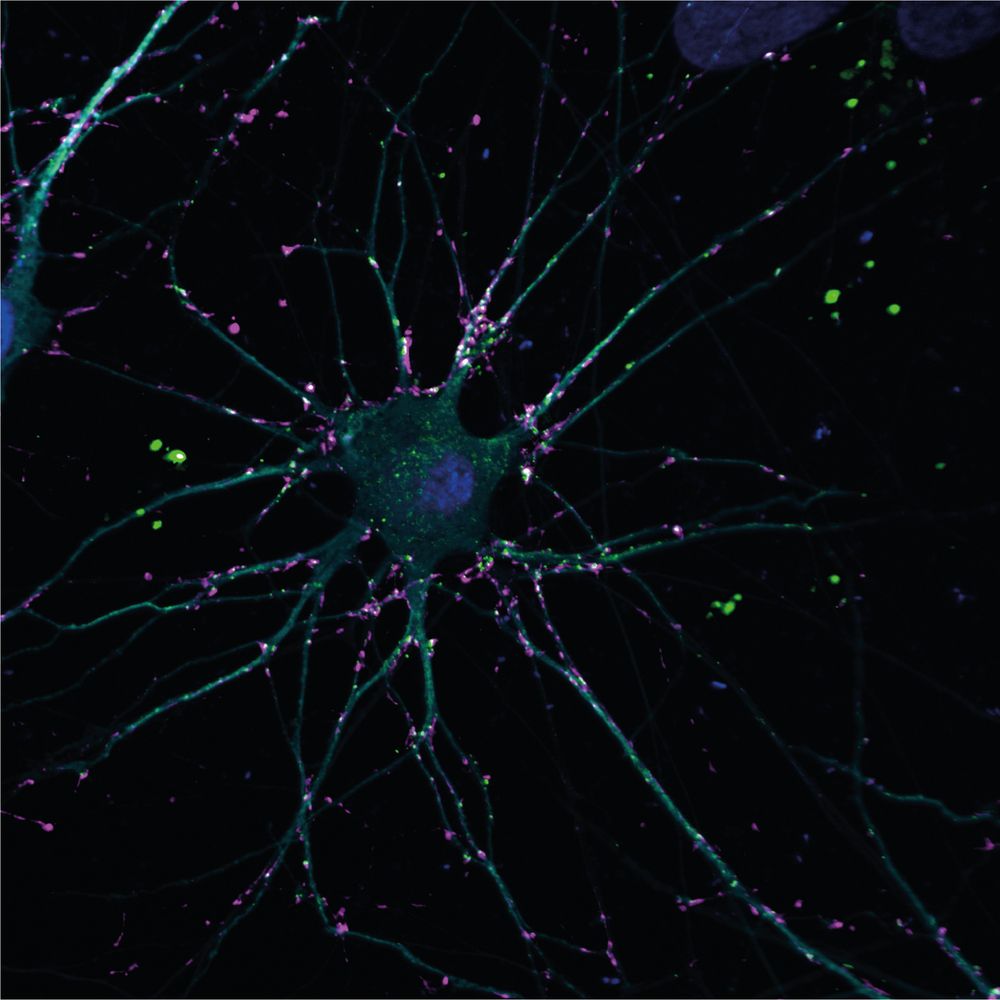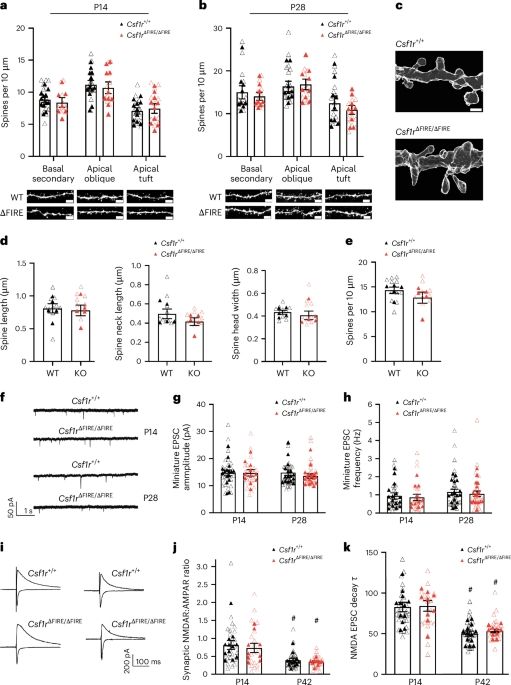

We developed mouse brain organoid methods capturing differences to human and used these to address this. doi.org/10.1101/2024.12.21.629881
🧵 (1/n)
Are they more functionally complex? Could that boost the human brain’s computational power? and is that what makes us human? (1/11)

Are they more functionally complex? Could that boost the human brain’s computational power? and is that what makes us human? (1/11)
@aydoganlab.bsky.social @jamesbriscoe.bsky.social @brunetlab.bsky.social @ebisuyamiki.bsky.social @mwdorr.bsky.social @beyerlab.bsky.social @franckp.bsky.social @janereznick.bsky.social @olmedo-lab.bsky.social @perez-carrasco.bsky.social
meetings.embo.org/event/25-dev...

Led by the extraordinary @felinewlindhout.bsky.social
www.biorxiv.org/content/10.1...

Led by the extraordinary @felinewlindhout.bsky.social
www.biorxiv.org/content/10.1...
Thanks @frantecol.bsky.social for putting this together.
Especially relevant for these dark days for USA science🧪
1. Women are credited less in science than men.
www.nature.com/articles/s41...

Thanks @frantecol.bsky.social for putting this together.
Especially relevant for these dark days for USA science🧪
🧪🧠🧫🧬


🧪🧠🧫🧬

In this study, we provide compelling evidence that a lack of microglia during early brain development does not lead to wholesale alterations of synaptic and cellular function.
www.nature.com/articles/s41...

In this study, we provide compelling evidence that a lack of microglia during early brain development does not lead to wholesale alterations of synaptic and cellular function.
www.nature.com/articles/s41...
We developed mouse brain organoid methods capturing differences to human and used these to address this. doi.org/10.1101/2024.12.21.629881
🧵 (1/n)

We developed mouse brain organoid methods capturing differences to human and used these to address this. doi.org/10.1101/2024.12.21.629881
🧵 (1/n)


